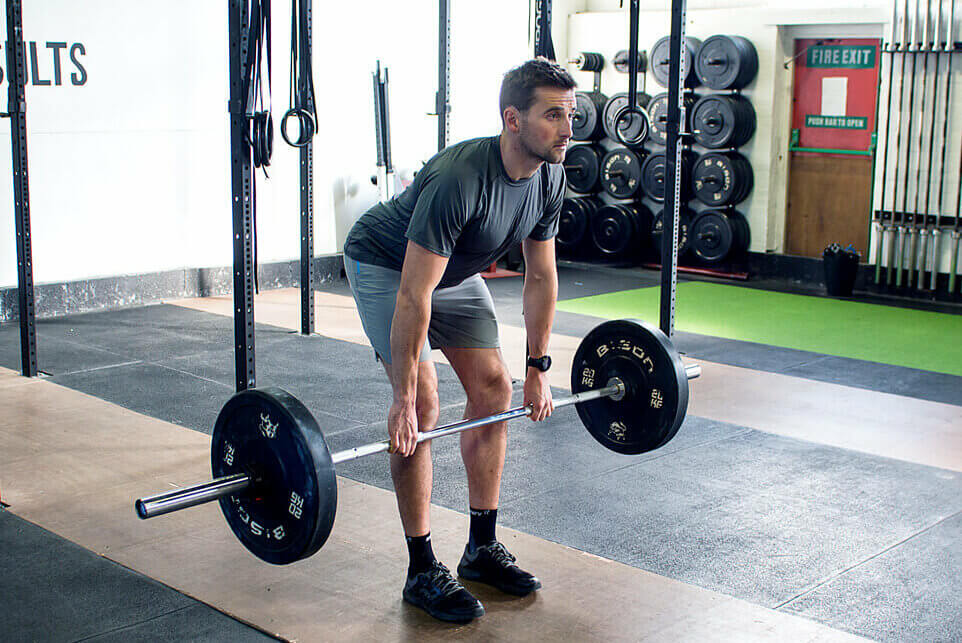
What is muscle tightness?
Muscle tightness can be an awareness or sensation that a muscle is tense, stiff, or unable to relax. People can perceive that this tightness is a structural concern within the muscle which limits our movement and elicits pain and or discomfort when being used.
Todd Hargrove, a health practitioner has described tightness as a feeling, not just a mechanical condition.
Research points us to understand that muscles that are underutilised or weakened are more likely to fatigue easier. It is an inability to tolerate the demands we place on our muscles that leads them to fatigue and feel overworked. As a result, our body sends a sensation of discomfort to the nervous system and the brain. The body can interpret this sensation as ‘tightness’ rather than ‘weakness’. Rather, it is a muscle’s lack of capacity that can dictate how often and to what degree we experience these sensations of tightness.

Similarly, if we are asking our bodies to sustain the same posture or position for too long, feelings of stiffness, discomfort, and tension can build. Our muscles can begin to feel the need to move, change position, or stretch.
It has been commonly thought that stretching a muscle can help reduce its tightness.
Adam Meakins, a UK physiotherapist, has noted that stretching improves our flexibility, not by lengthening our muscles but by increasing our tolerance to the stretch sensation by habituating us to the protective stretch reflex.
In some cases, stretching can alleviate our feelings of ‘tightness’ although this is generally only a short-term relief.

So, what is a more long-term solution to address muscle tightness?
Resistance training exercise.
A traditional thought is that strength training can cause muscles to become tighter, shorter, and less flexible.
This association between strength training and muscle tightness is unsupported by evidence. A more effective method of increasing muscle length and flexibility is by participating in ‘strength stretching’ or strength training. Full range of motion strength training can actually increase flexibility, perhaps more than static stretching. It creates local adaptations in the muscle that may improve endurance and resilience to metabolic stress.

Common exercise can also have an analgesic effect and lower levels of inflammation that cause nervous system sensitivity.
Yes, during exercise and strength training, if we overwork our muscles, they can become tense and the next day people can experience muscle tightness or delayed onset muscle soreness (DOMS). If we don’t let them adequately recover, they can become stiff and sore.
The key to reducing a muscles tightness is to steadily build up the muscle’s strength and improve its capacity to do more. By doing this, our muscles are able to better manage the demands placed on them performing tasks in our daily lives or participating in sport and exercise.
By building our strength, our muscles will become more tolerant to fatigue and will feel less ‘tight’, less often.
If you’ve noticed recurring tightness lately try incorporating ‘strength stretching’ into your weekly routine.

